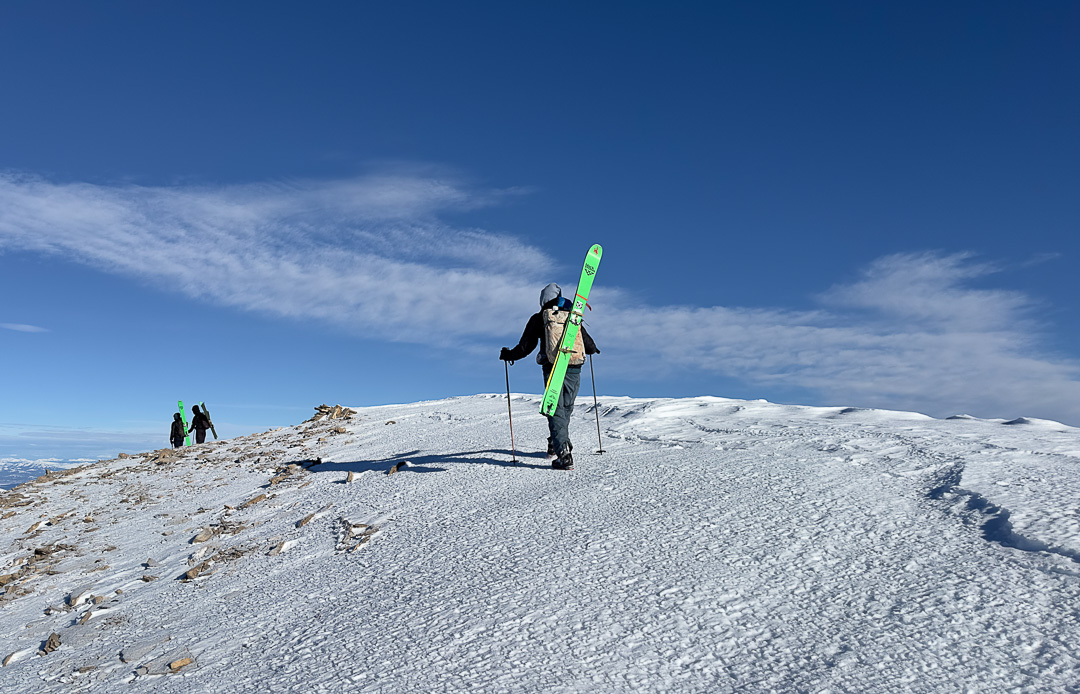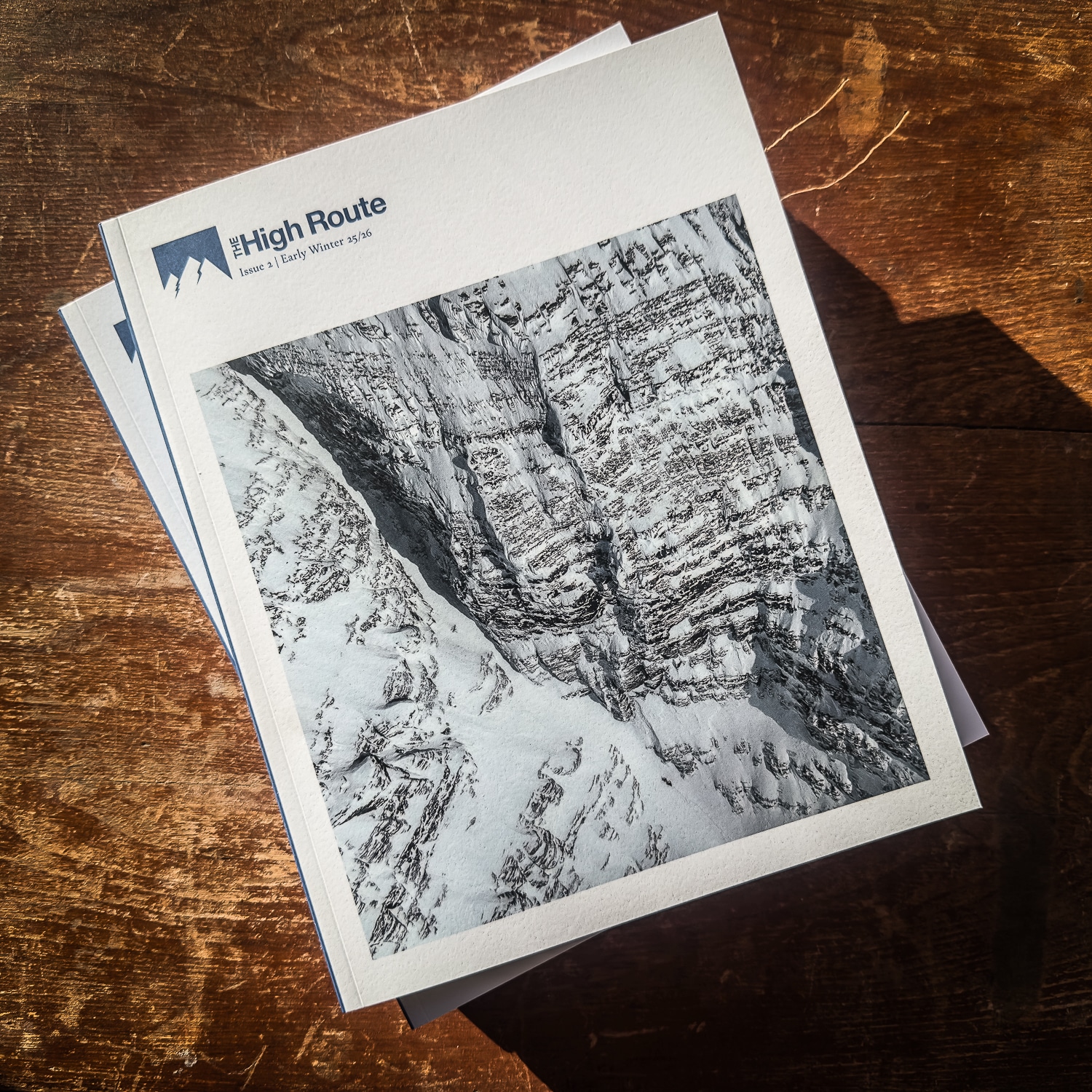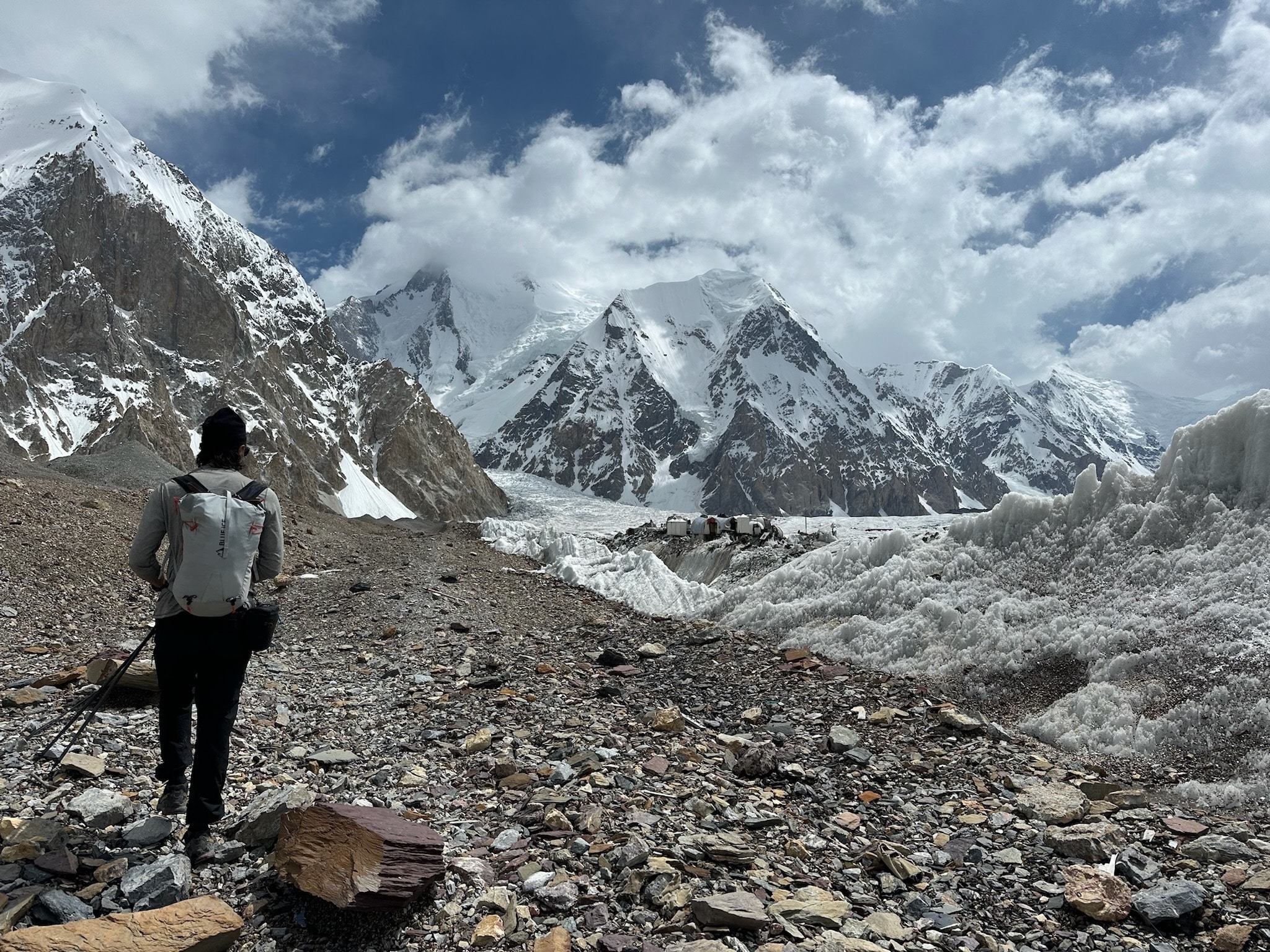A knowledge drop about menstruating in the backcountry. Not someone who menstruates? Great. I love that for you. Here are some things to know if you want to be a supportive ski partner.
Like many of you, I love skiing. I was lucky enough to grow up with this love. Not, however, in the way my family traveled to Deer Valley for Christmas, but in my dad-was-on-ski-patrol-and-stuck-me-in-lessons-as-free-childcare kind of way.
Speed up life’s film reel, and I remember attending my first TGR premiere. It was back when they put up a screen in a vacant Teton Village parking lot. Everyone stood and watched, bundled up and buzzing with enthusiasm for the impending ski season. It was snowing hard. I watched the huge screen as dude after dude hucked himself off cliffs and slashed powder fields. I knew I wanted to do that, too. But where were the women?
It took a few years, but I discovered why on my first winter camping trip at 16. I was with my teenage boyfriend, his dad, and another one of our friends. I noticed I had gotten my period unexpectedly, and I hadn’t had the foresight to ask someone how to manage it in these conditions ahead of time.
I’ve never been very good at tracking my cycle. I was caught by surprise with limited supplies, all while trying to keep my snow pants from freezing solid and maintaining my fragile outdoor girl persona just enough to make sure my very cute, very talented skier boyfriend stayed just that. I was new to touring, bad at shoveling, and trying to figure out what to do with tampons out there. I stripped off my boots, snow pants, fleece pants, booties, socks, long underwear, and underwear—in that order—in a tree well, just to change underwear and feel some semblance of cleanliness.
“Holy shit,” I thought, “no wonder there aren’t many women in the mountains! We’ve got discharge and blood to deal with, and I have to take my flipping socks off to change my underwear! And these men can wear theirs for a week without problems?”
Of course, smell can be an issue, but folks with male anatomy generally have a low risk of infection, chafing, and shame from bleeding through their layers.
When I returned from the trip, I researched when tampons were invented (1930, but not widely used until the 1960s), and my suspicions were confirmed. That had to be why women were missing from those ski films and, subsequently, the climbing and mountaineering films I saw. If it’s too big of a hassle for my millennial ass with access to modern resources, forget anyone who came before me.
Of course, I eventually learned that it wasn’t just periods. I learned about all the other reasons why women, gender non-conforming folks, and people of color were missing from these movies and why diverse representation was missing not just from the movies but from outdoor spaces themselves. But I digress. Back then, it was just another thing I could blame periods for.
I learned some funny things teaching sex education. And by funny, I mean horrifying truths about our limited knowledge of our bodies and collective understanding of the menstrual cycle despite all the information at our fingertips. For example, someone once asked me if a single tampon was enough for a whole period. On the other hand, NASA tried to send Sally Ride into space with 100 tampons for one week. So yeah, our knowledge is pretty limited.






Leave a Reply
You must be logged in to post a comment.